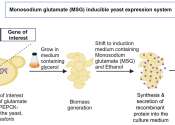Dual-action therapy shows promise against aggressive oral cancer
In a new study, scientists at Shanghai Jiaotong University School of Medicine found a promising new way to treat a type of oral cancer known as oral squamous cell carcinoma. The method specifically targets the cancer cells ...









